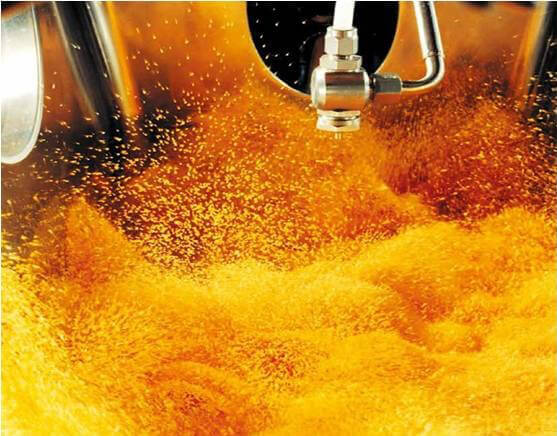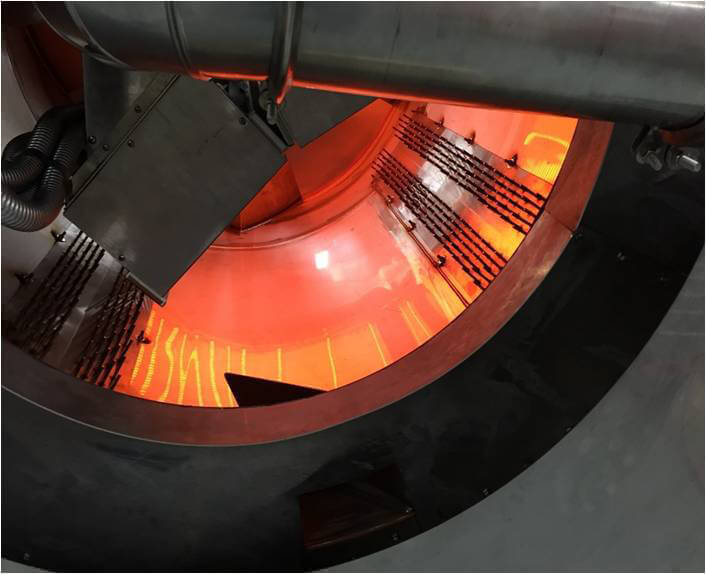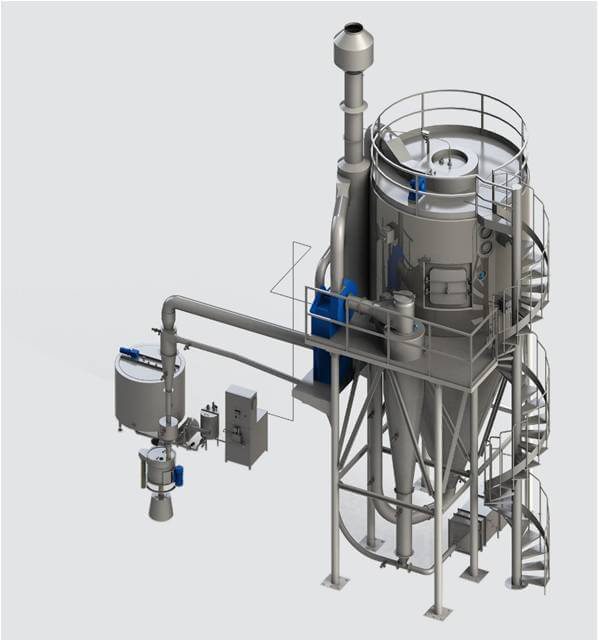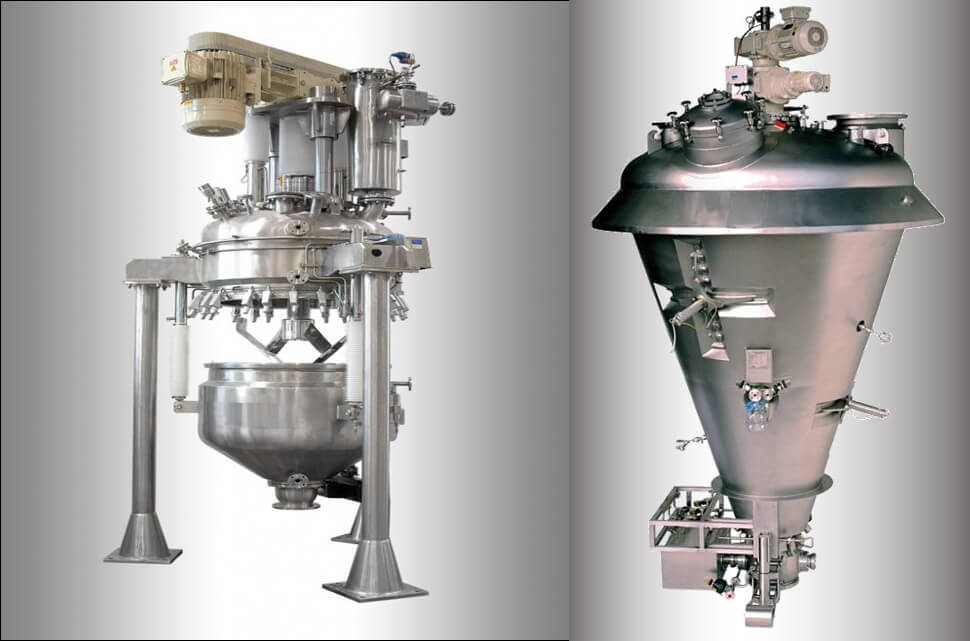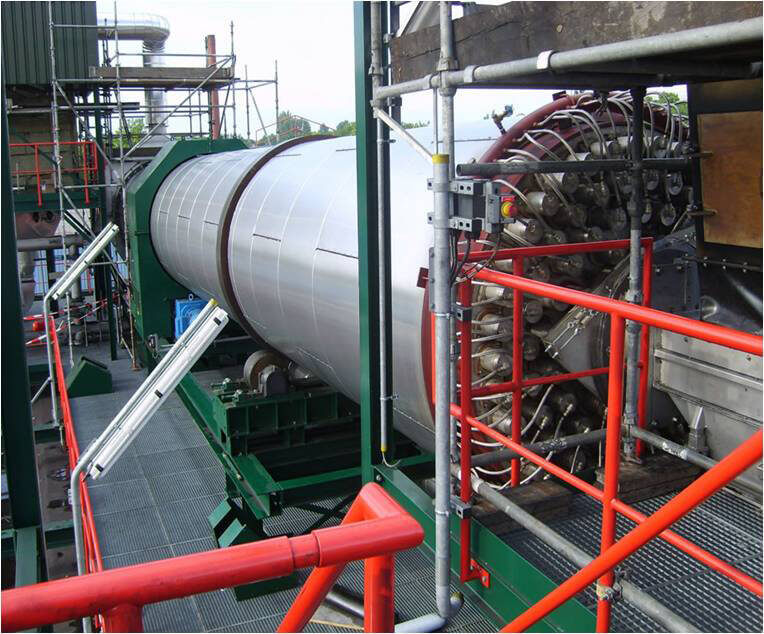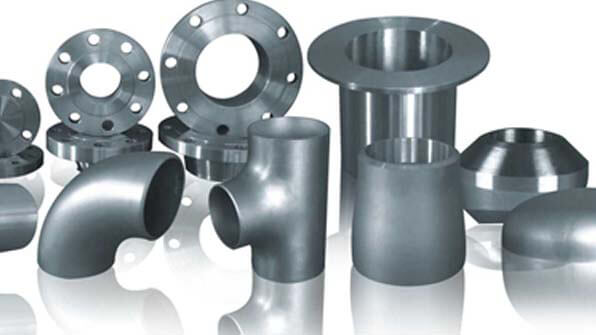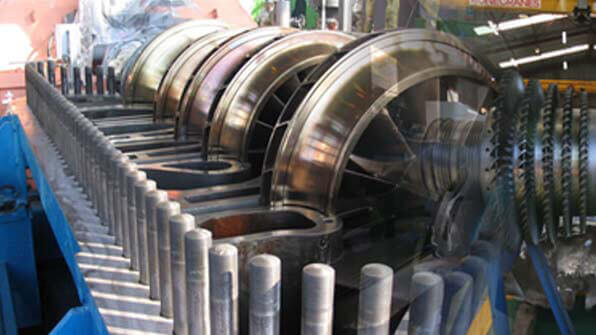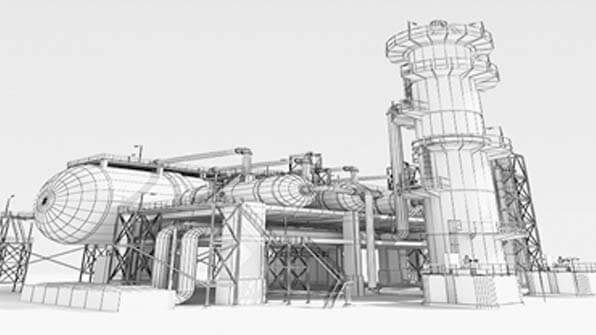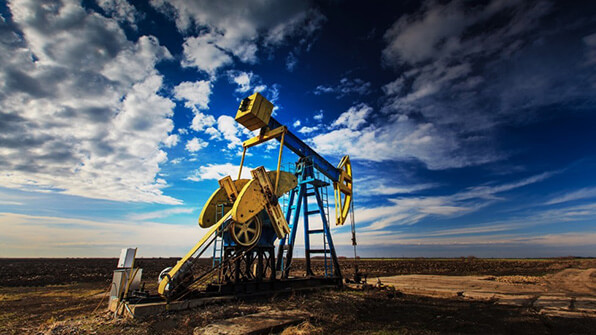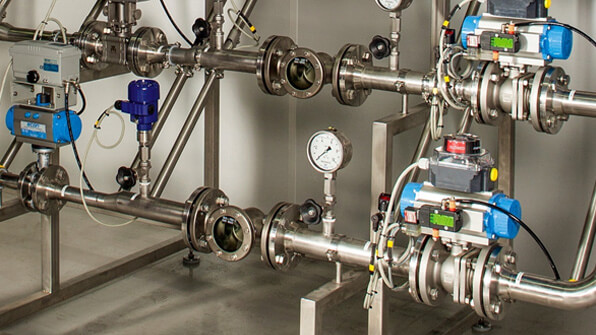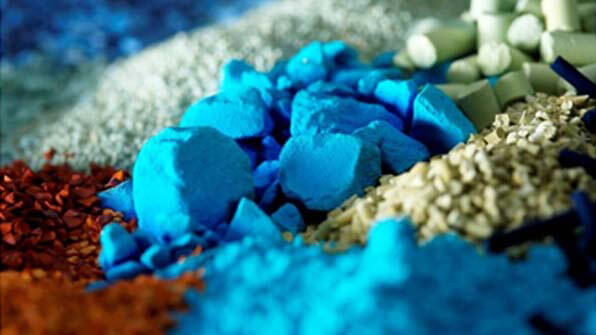What follows gives you an overview of the Drying Technology:
Drying is the process of removing liquid from solids by evaporation.
The drying process has been used:
• To avoid or eliminate moisture which may lead to corrosion and decrease the product stability.
• To improve or keep the good properties of a material, e.g. Flowability, Compressibility.
• To reduce the cost of transportation of large volume materials (liquids).
• To make the material easy or more suitable for handling.
• To increases the storage life of numerous products and materials.
The important factors to be considered in the preliminary selection of a dryer are as:
Properties of the material being handled: Physical characteristics when wet or dry, Corrosiveness, Toxicity, Flammability, Particle size, Abrasiveness
Drying characteristics of the material: Type of the moisture present (bound, unbound or both), Initial moisture content, Final moisture content (maximum up to which it is to be dried), permissible drying temperature, Probable drying time for different dryers.
flow of material to and from the dryer: Quantity to be handled per hour, Continues or batch operation, Process prior to drying, Process subsequent to drying.
Economic consideration: Value of the materials, Maintenance cost, Labour cost.
Product qualities: Contamination, Uniformity of final moisture content, Decomposition of product, Bulk density.
Recovery problems: Dust recovery, Solvent recovery
Facilities available at site of proposed installation:
Temperature, humidity and cleanliness of air, Available fuels, Permissible noise, vibration, dust or heat losses, Source of wet feed, Exhaust-gas outlets.

